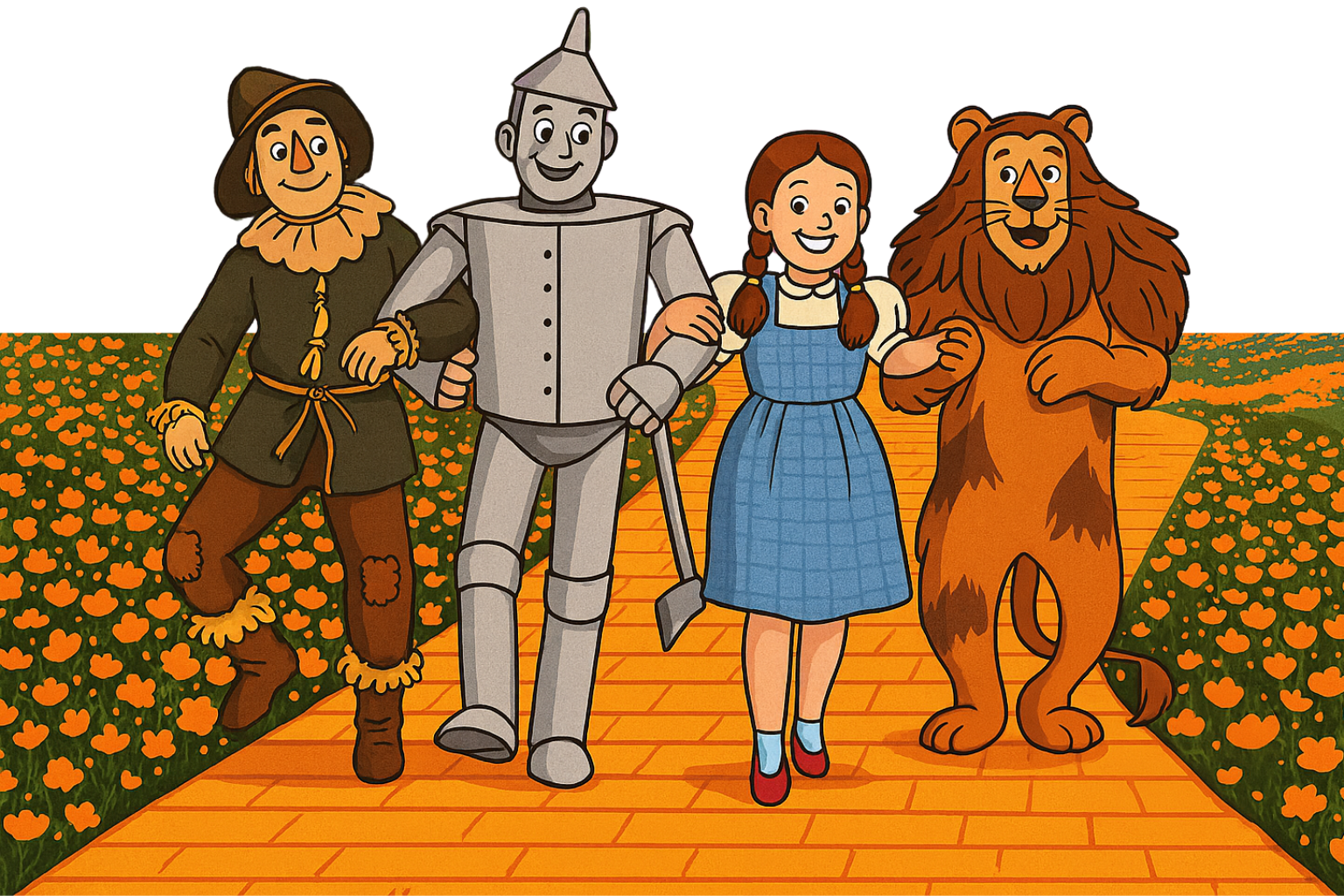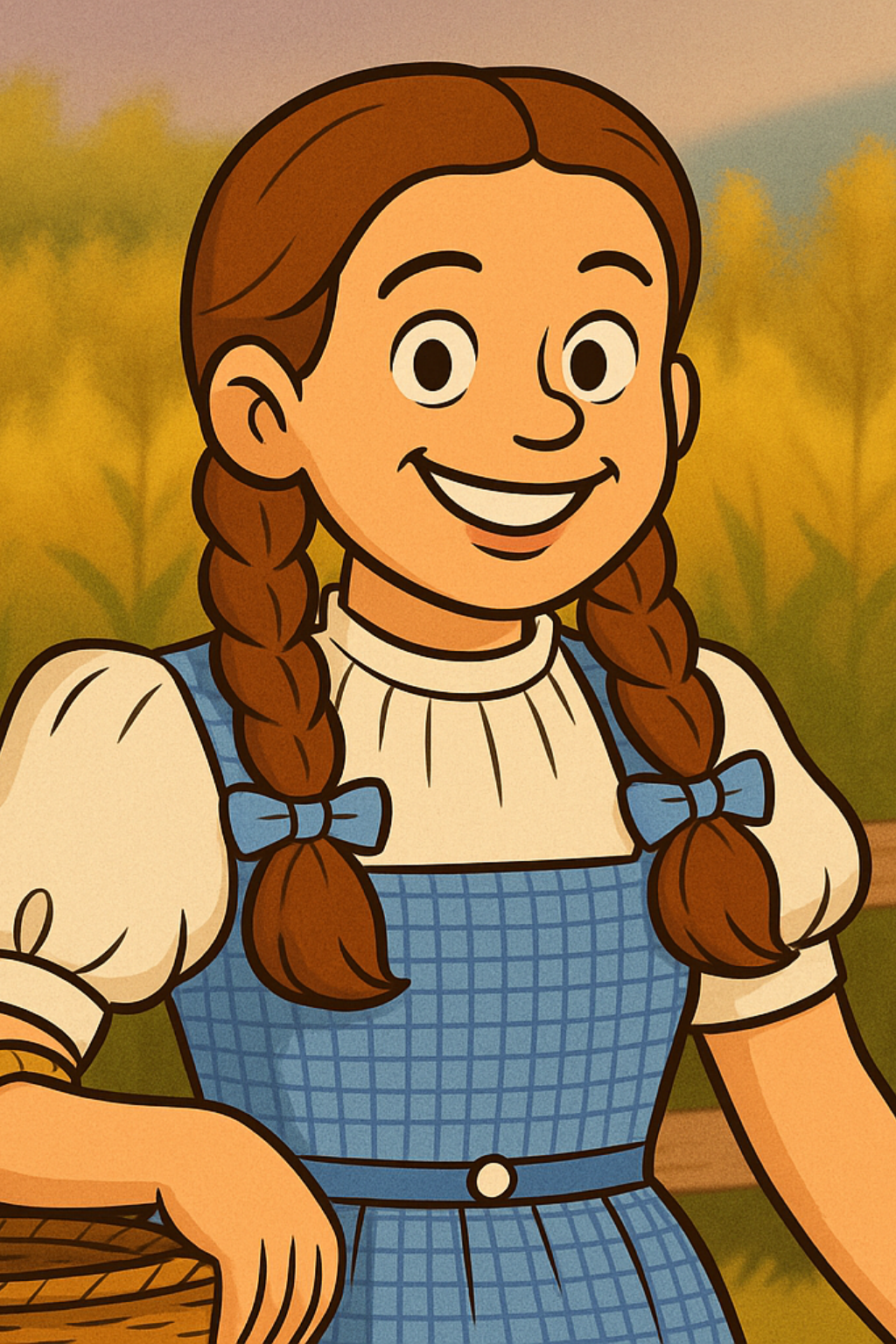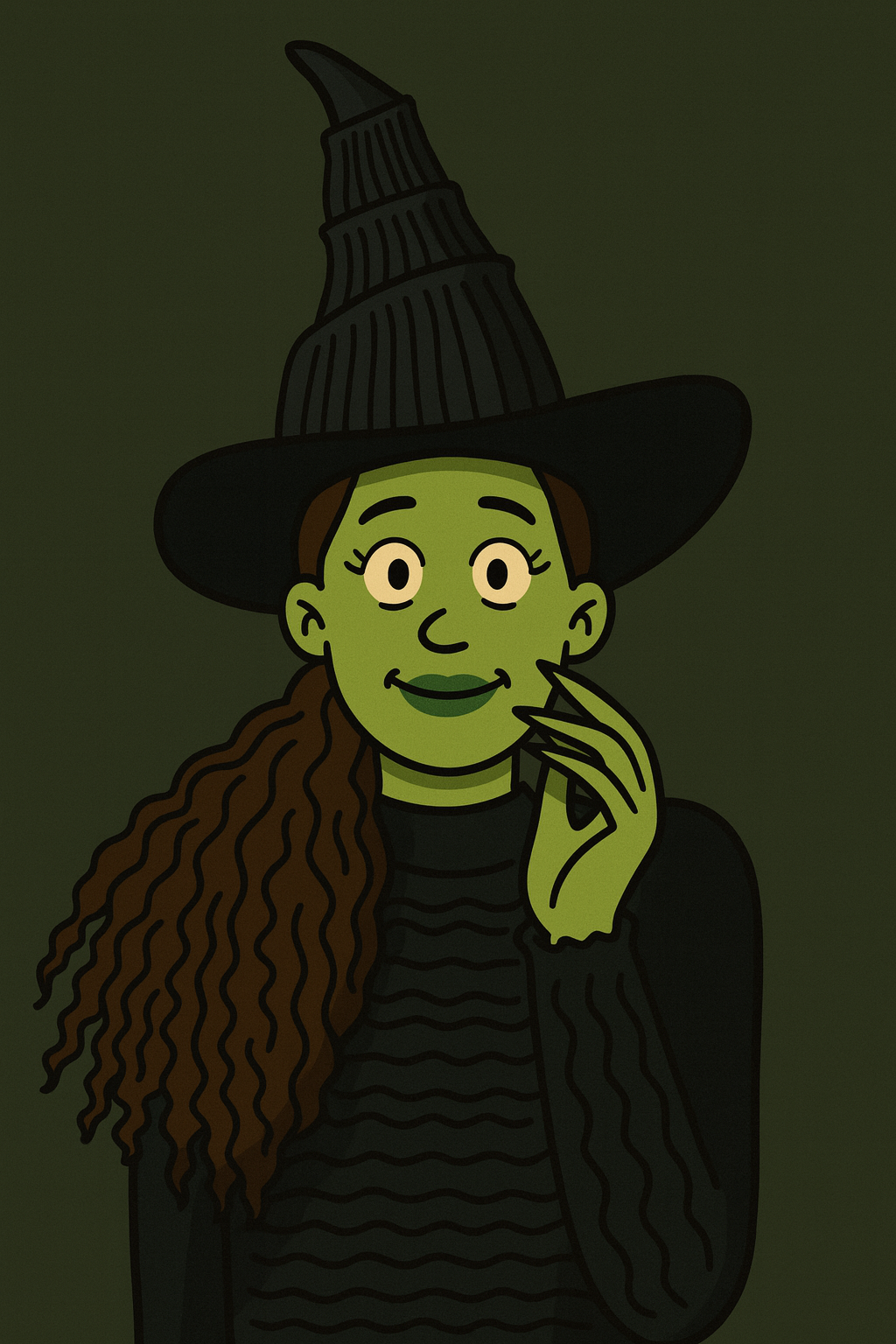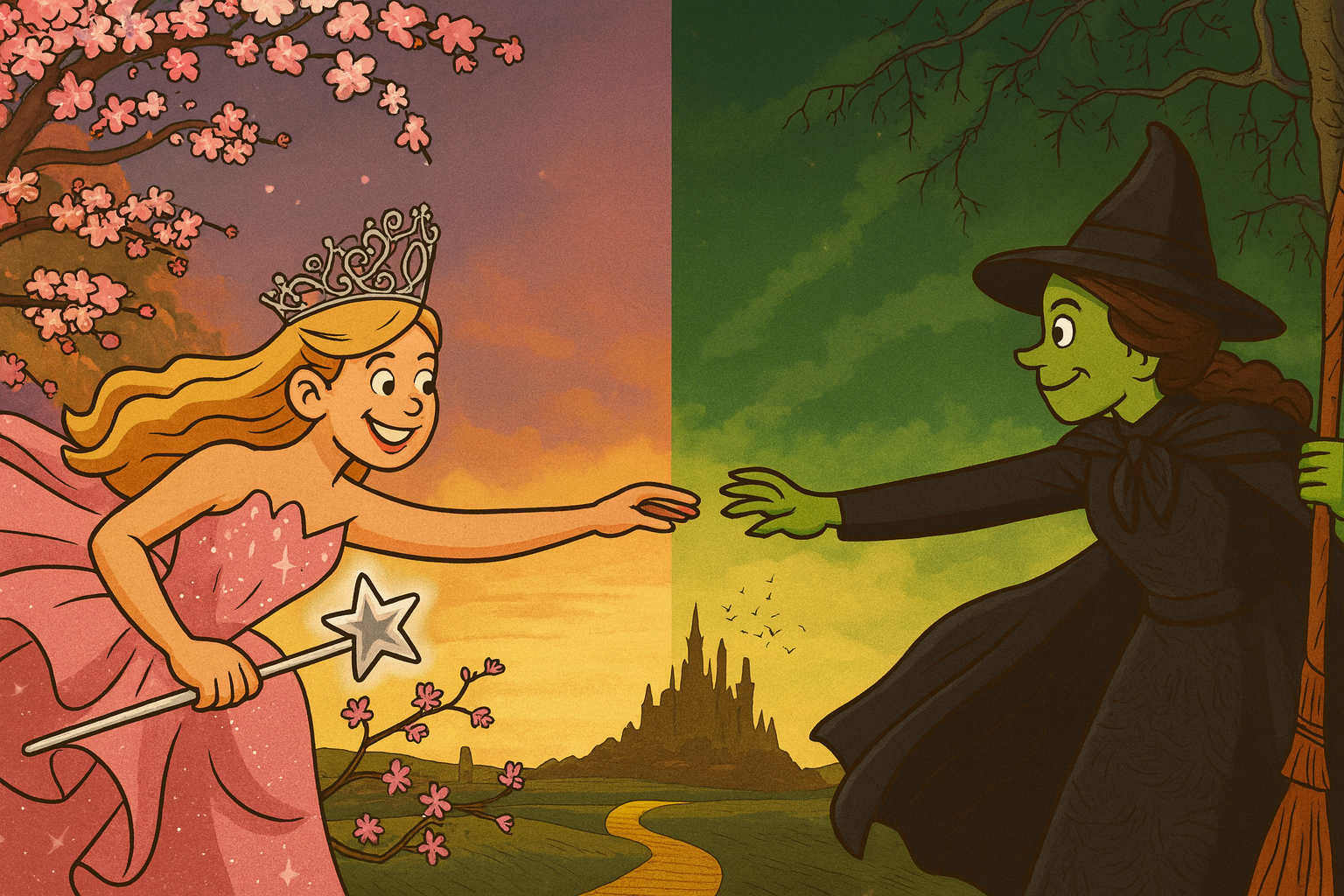Exploring Oz & Wicked: A Magical Learning Experience
Welcome to Oz: A Land of Lessons and Legends
Before Dorothy ever clicked her ruby slippers, Oz was a world bursting with moral lessons, dazzling colors, and unforgettable characters. Teachers can bring that magic into the classroom using the OZ Character Chart, a visual resource comparing every major figure across books, films, and musicals.
From Dorothy Gale’s courage to Elphaba Thropp’s misunderstood rebellion, this chart lets students explore how each adaptation deepens our understanding of “good” and “wicked”.
Wicked Wisdom: Morality, Perspective, and Power
Once students have met the key players, invite them to reflect on how the stories of Oz and Wicked redefine morality. The Teachertainment Worksheet: The Wizard of Oz & Wicked offers guided reflection and creative writing activities to do just that
Students can:
Compare and contrast Oz and Wicked’s worlds.
Reflect on iconic quotes like “There’s no place like home” and “Are people born wicked, or do they have wickedness thrust upon them?”
Write a short scene where Dorothy and Elphaba meet to discuss what “home” means.
Teacher extension: Encourage students to embody empathy by debating whether “wickedness” is innate or shaped by society.
The Emerald Curtain: Understanding Good vs. Wicked
For deeper analysis, use the Comparative Study Guide — Together, The Wizard of Oz and Wicked Offer Two Sides of the Same Coin
This handout turns Oz into an academic playground, inviting critical thinking about:
How The Wizard of Oz (1939) promotes innocence and optimism.
How Wicked (1995–2025) challenges those same ideals with complexity and realism.
What “power” and “perception” mean when filtered through politics, identity, and compassion.
From Page to Stage to Screen
The Teachertainment Oz Wicked Presentation brings Oz’s evolution to life with visuals from literature, theatre, and cinema
Slides highlight:
Elphaba’s evolution — from villain to hero.
The Wizard’s transformation — from trickster to tyrant.
Music as storytelling — contrasting “Over the Rainbow” (hope) with “Defying Gravity” (empowerment).
Classroom activity: Have students present a short scene reenacting these dualities — innocence vs. experience, or illusion vs. truth.
Enrich the Lesson: The OZ Resource Collection
The OZ Themed Resources Spreadsheet acts as your master guide — a curated list of activities, lesson ideas, and links connecting all the Teachertainment materials. It helps you plan multi-day engagements or thematic units around courage, morality, and belonging.
Suggested structure:
Day 1: Character study with The OZ Character Chart.
Day 2: Comparative discussion using The Worksheet.
Day 3: Multimedia analysis with the Presentation.
Day 4: Reflection with The Comparative Study Guide.
Final Reflection: Following the Yellow Brick Road of Understanding
At the heart of both The Wizard of Oz and Wicked lies the same truth: what we perceive as “good” or “evil” often depends on perspective. By integrating Teachertainment’s resources, students don’t just learn about a story — they learn about empathy, self-discovery, and moral courage.





